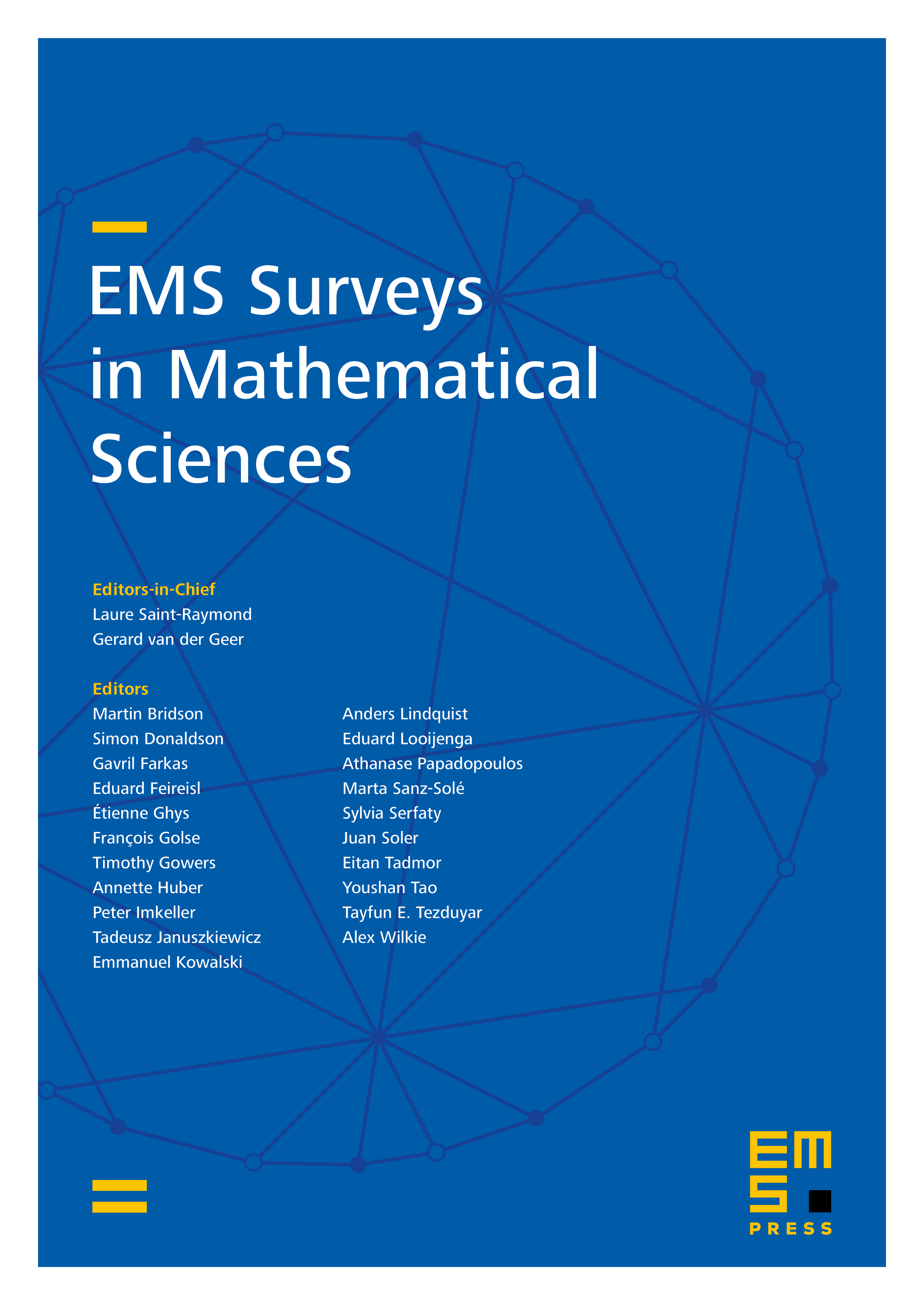Convex integration and phenomenologies in turbulence
Tristan Buckmaster
Princeton University, USAVlad Vicol
New York University, USA

Abstract
In this review article we discuss a number of recent results concerning wild weak solutions of the incompressible Euler and Navier–Stokes equations. These results build on the groundbreaking works of De Lellis and Székelyhidi Jr., who extended Nash’s fundamental ideas on flexible isometric embeddings, into the realm of fluid dynamics. These techniques, which go under the umbrella name convex integration, have fundamental analogies with the phenomenological theories of hydrodynamic turbulence [51,54,55,200]. Mathematical problems arising in turbulence(such as the Onsager conjecture) have not only sparked new interest in convex integration, but certain experimentally observed features of turbulent flows (such as intermittency) have also informed new convex integration constructions.
First, we give an elementary construction of nonconservative weak solutions of the Euler equations, first proven by De Lellis–Székelyhidi Jr. [52,53]. Second, we present Isett’s [108] recent resolution of the flexible side of the Onsager conjecture. Here, we in fact follow the joint work [21] of De Lellis–Székelyhidi Jr. and the authors of this paper, in which weak solutions of the Euler equations in the regularity class are constructed, attaining any energy profile. Third, we give a concise proof of the authors’ recent result [23], which proves the existence of infinitely many weak solutions of the Navier–Stokes in the regularity class . We conclude the article by mentioning a number of open problems at the intersection of convex integration and hydrodynamic turbulence.
Cite this article
Tristan Buckmaster, Vlad Vicol, Convex integration and phenomenologies in turbulence. EMS Surv. Math. Sci. 6 (2019), no. 1/2, pp. 173–263
DOI 10.4171/EMSS/34